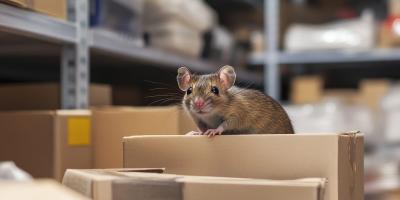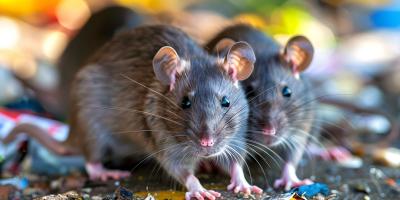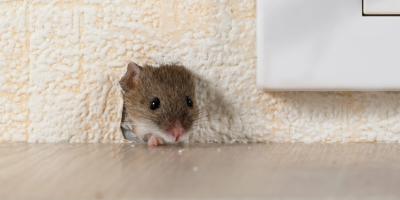Hold Your Hams: Don’t Let Pests Tamper with Your Christmas Meat Stash

‘Tis the season for feasting. From perfectly-seasoned ham to melt-in-your-mouth prime rib, pork loin to beef tenderloin, and even rack of lamb, winter is the best season for dinner guests—not to mention, butchers. But if you’re a purveyor of holiday meats, whether as an independent butcher or within a grocery store, you’re probably already all too familiar with another big fan of carnivorous cuisine—the meat-eating pests that threaten your expensive stock.
Once all those crates of Thanksgiving butterballs have all been gobbled up and holiday cooks move on to more exquisite varieties of meat, it can be hard enough to keep the butcher window stocked with choice cuts. So, the last thing you need is for pests to move in and spoil what’s left of your inventory.
Pests Have Preferences, but Aren’t Picky
Some pests are attracted to meat because it’s their food of choice, such as some species of beetles, flies, ants and wasps. Other critters are more omnivorous, but if meat is on the menu they’re more than happy to dig in, including rodents like rats and mice as well as cockroaches and mites. Finally, others still may contaminate your stock of meat by inadvertently coming into contact with it as they scavenge for their true craving, like moths searching for nectar or aphids looking for green leaves.
Some of these pests, like the maggots that develop after flies lay their eggs, are invisible to the naked eye until it is way too late and your stock is destroyed. By then you’ll be dealing with a full-blown infestation, so it’s best to take precautionary measures to save yourself the time, money and headache.
An Ounce of Prevention > Pound of Cure
The two most important preventative steps you can take to protect your food store are exclusion and sanitation. The first of those, exclusion, means doing everything you can to keep pests from even entering your premises. That includes sealing up any holes or openings in your business’s exterior, making sure chimney or vent flashing, as well as gutters or soffits are properly sealed, checking weather strips around windows and doors to ensure a tight seal, and making sure all doors, both for customers and deliveries, close completely.
Sanitation should already be a cornerstone of any food supplier’s daily routine. The USDA has specific guidelines for the proper and safe handling of food, and every locality has a department of health that oversees commercial food providers. Sanitation is important both to protect humans’ health and safety by making sure foods are kept at proper temperatures, as well as to manage food scraps and waste with proper disposal procedures to protect against pests.
Some meats are treated directly with additives such as phosphine, sulfuryl fluoride, pesticides and other bioactive compounds. These processes can help deter certain infestations from occurring, with the obvious trade-off of not being able to market your meat as organic or additive-free. This can turn off some of your more health-conscious clientele. In addition, each of these chemicals are only designed to target certain pests, and are meant to be used in contingency with other pest control methods.
Whatever your process for keeping pests away from your holiday meat stock, if you want real peace of mind, it’s best not to take any chances.
Request a free consultation with one of our commercial services planners to make sure you’ve got the best defense all season and year-round.



